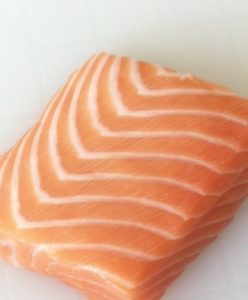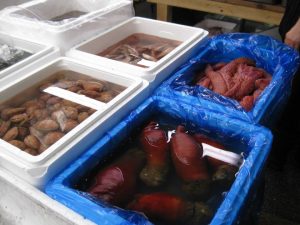 Sushi is a very unique dish that should be eaten at a certain temperature.
Sushi is a very unique dish that should be eaten at a certain temperature.
There are many people who buy take-away sushi at the moment. There are some things to do if you have decided to eat sushi one night.
Once you have picked up or your sushi has been delivered, you should store the food in your fridge. You must keep the food there until 15 minutes before you are going to eat. Sushi should and tastes best at room temperature.
What you do 15 minutes before eating is that you take the food out of the fridge. You take the lid off and place the food on the kitchen tables (in the shade) and leave it for 15 minutes.
In meantime you can set the table.
On my Sushi course for beginners (max. 9 participants) you will learn step by step how to make tasty sushi which is the perfect summer food with a glass of bubbles.
Read more about the Sushi course for beginners
_
Zoë has held sushi courses and cooking classes for A. P. Moller – Maersk, Hugo Boss Nordic, Novo Nordisk, Novartis, Velux, Gorrissen Federspiel, Beierholm revision, Elbek & Vejrup and many more.







